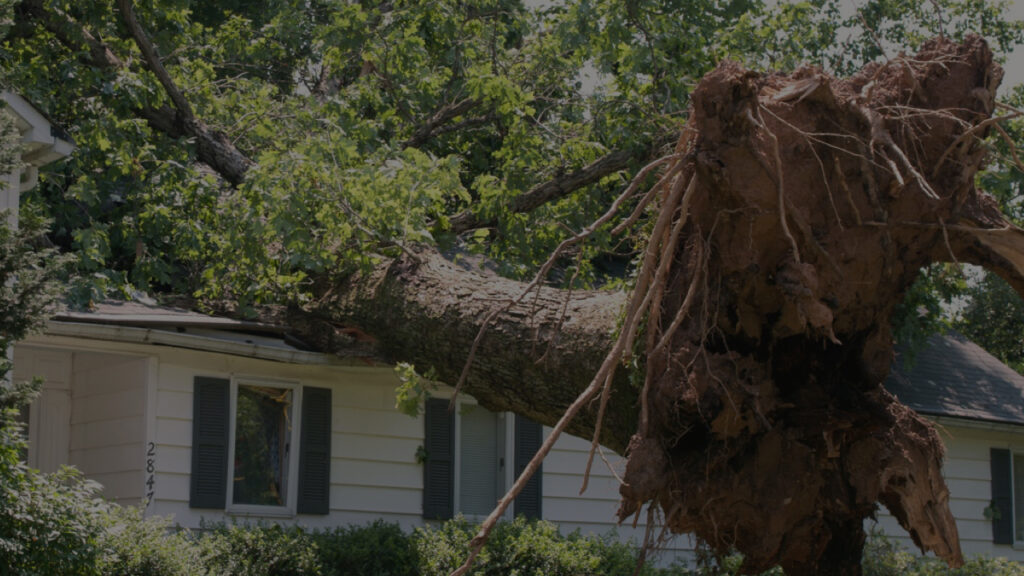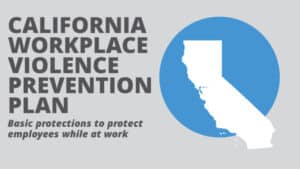Written By Chris Dolan and Emile Davis
This week’s article comes from Ayden from San Francisco, who asks: During the recent atmospheric river storms, branches from my neighbor’s tree fell into my yard, causing some damage to my gutters. I don’t know what to do or how to handle this situation. Will I have to pay to repair the gutters, or does my neighbor have to pay to have them fixed for me?
Ayden,
I am sorry to hear that the storms affected you directly. After the severe storms in Northern California, many homeowners questioned who is responsible when a tree, or branches from a tree, falls into their yard. As with many things in the law, the answer to this question depends on several factors.
The first inquiry is to determine the location of the tree. Was it entirely in the neighbor’s yard, primarily in the neighbor’s yard but with branches that overhang into your yard, or was it on the property line between the two properties? Each of these presents different issues that can change the answer to who would have to pay for the damages.
If the tree was on the border of the two properties, California Civil code section 834 makes both homeowners “coterminous owners,” and the tree belongs to them in common, and both may share some responsibility. However, it is more straightforward if the tree trunk is wholly in the neighbor’s yard but has branches that overhang into an adjoining landowner’s property. There is no hard and fast rule about responsibility, but inquiries into which branches fell, or which neighbor has been responsible for upkeep would be necessary.
Generally, the tree owner is liable for damages caused by the overhanging branches. So, suppose tree branches that overhang your property, drop, or fall, causing injury to a vehicle, person, or structure- in your case, the gutters. In that case, your neighbor is likely liable to you for the damages the fallen branch caused. It is important to know that the damages recoverable are only the actual damages sustained. In your case, the cost of repair of the gutters. The mere fact that branches overhang is not actionable.
Where the tree does not have branches that generally overhang your residence, there are several paths to examine to determine if fault will lay with your neighbor and whether their insurance will pay.
Generally, homeowners’ insurance will not have to pay for what is called “acts of god.” That phrase means an accident or other natural event caused without human intervention that could not have been prevented by reasonable foresight and care. Generally, this refers to natural disasters such as hurricanes, earthquakes, floods, and severe storms. In your case, while your neighbor may be on the hook, it is entirely possible that their homeowner’s insurance would not pay because of the atmospheric river and the severity of the storms in Northern California which caused the branch to fall.
On the other hand, if the reason the branch fell was not the storm’s severity but some known problem with the tree, or failure to maintain it appropriately, then the homeowner’s insurance is more likely to cover the damage. If the tree had previously been shedding branches, but no effort was made to trim the ones remaining or ensure their health, your neighbor may be on the hook, and their insurance may cover it.
In any of these situations, contacting your insurance and a lawyer is best to determine who is liable. Another best practice is to document the situation. Take photographs of the damage and what remains of the tree. Get written estimates for the repair of the gutters. Speaking to a knowledgeable attorney and notifying your insurance will help you address the problem quickly and fairly.










